It is one of many sawmills that were harvesting Louisiana’s longleaf pine trees in the late 1800’s. And along the way, this sawmill in Longleaf, Louisiana played a critical role in World War Two. Today, the town is gone. But the mill remains almost as it was the day it closed more than 50 years ago.
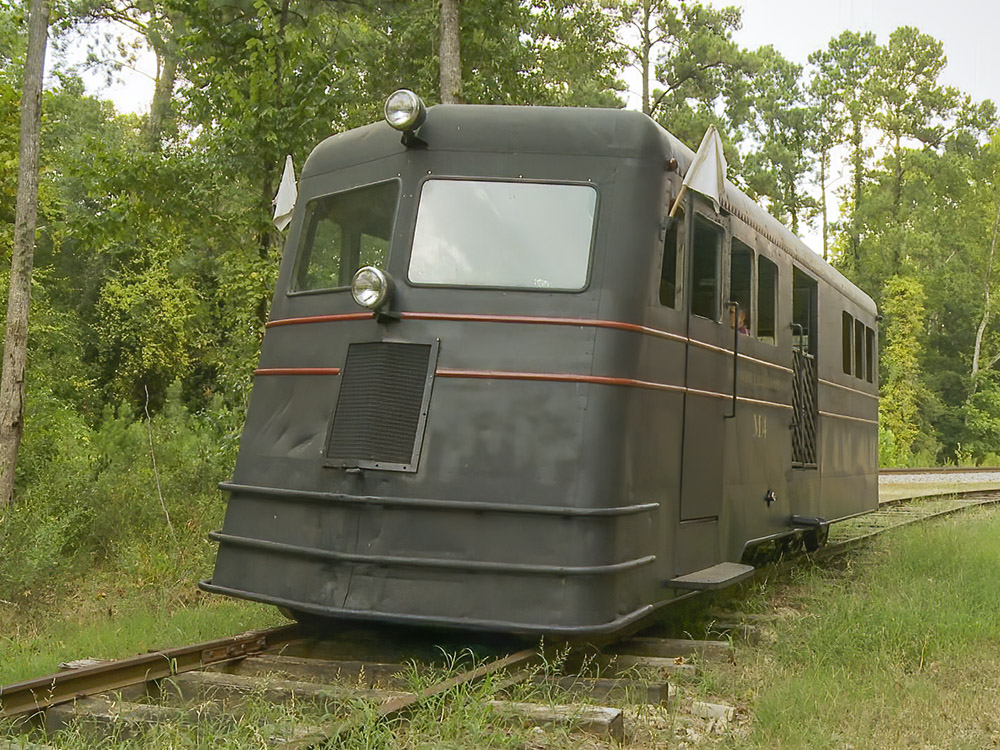
The old sawmill, a working machine shop and a railcar that still runs the tracks are among the attractions at the Southern Forest Heritage Museum. Tour guide Brian Stanley boards the railcar nicknamed ‘the doodlebug’. “It’s an M-4”, Stanley explains as he sits in the driver’s seat and starts the engine. “That’s a passenger vehicle they used to bring the workers to the woods and back to the mill.”
Railcars like this criss-crosssed the forested Louisiana landscape in the 1930’s as dozens of sawmills like the one at Longleaf harvested the massive virgin longleaf pine trees. The railbus travels an oval track around the sawmill site, which opened in the 1890’s and cut timber until 1969.
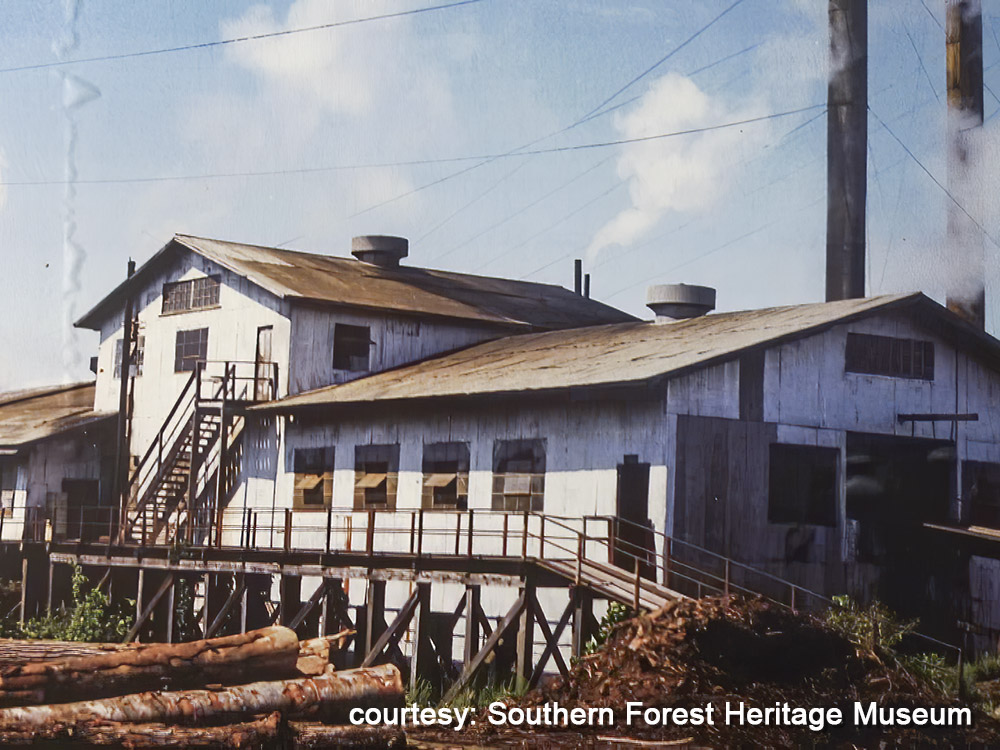
Stanley has a personal connection to the old sawmill, “My Daddy actually worked in here. He started in 1963 and worked until ’69 when they closed”. Now Stanley helps maintain the sprawling sawmill complex and gives tours. He shows off the old mill railroad engines that were used to haul equipment and logs. The oldest engine has been here for more than 100 years.
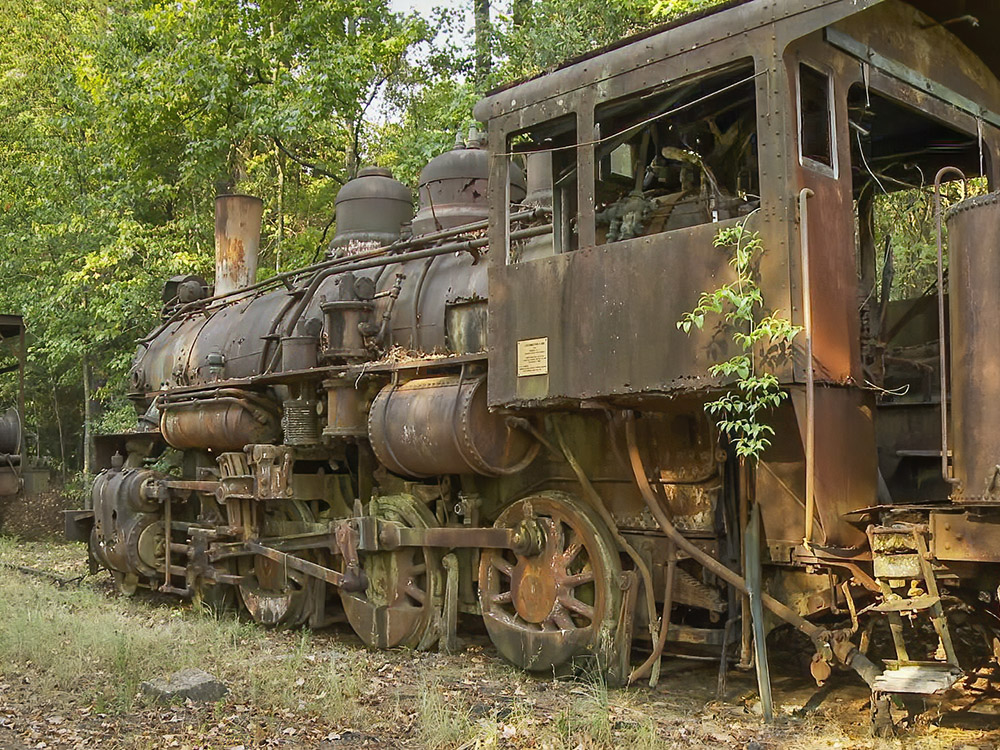
Stanley knows the story of each engine, “That’s 106 in the shed up there. Then you’ve got 202 in the machine shop. And the 400 brought the last load December 9, 1952, and that’s where they parked it at, right where it sits”.
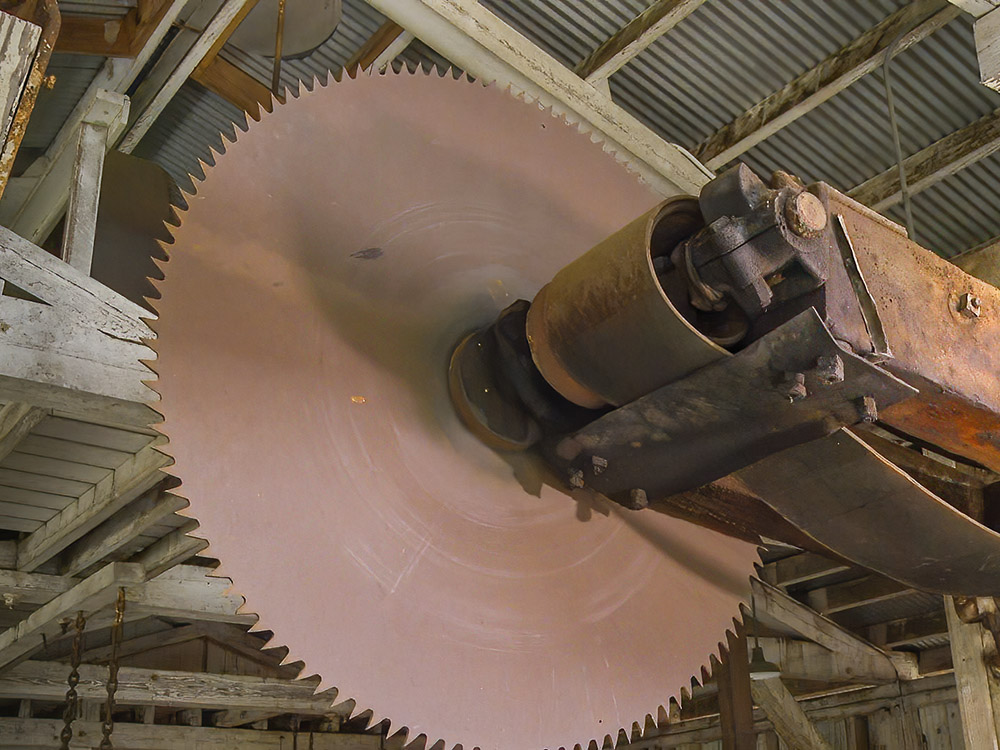
Almost everything at the Longleaf sawmill is still the way it was the day the mill closed. On Valentines Day, 1969, the red stop button was pushed for the last time. The giant saw blade stoopped spinning, the equipment was parked, the lumber stacked and the yard fell silent. Up to 300 employees went home and never returned.
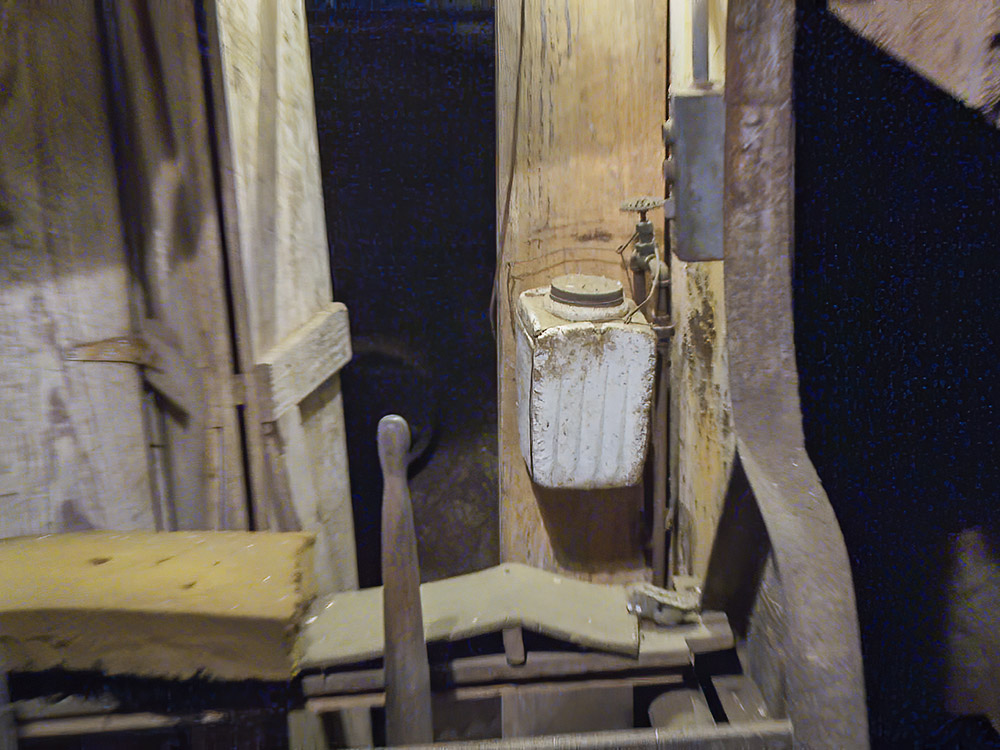
Museum Director Claudia Troll explains, “They just came and said boys go home, we’re closing. That’s it! And it was such a shock that we even have places in the sawmill where the lunch pail is still sitting there where it was left.”
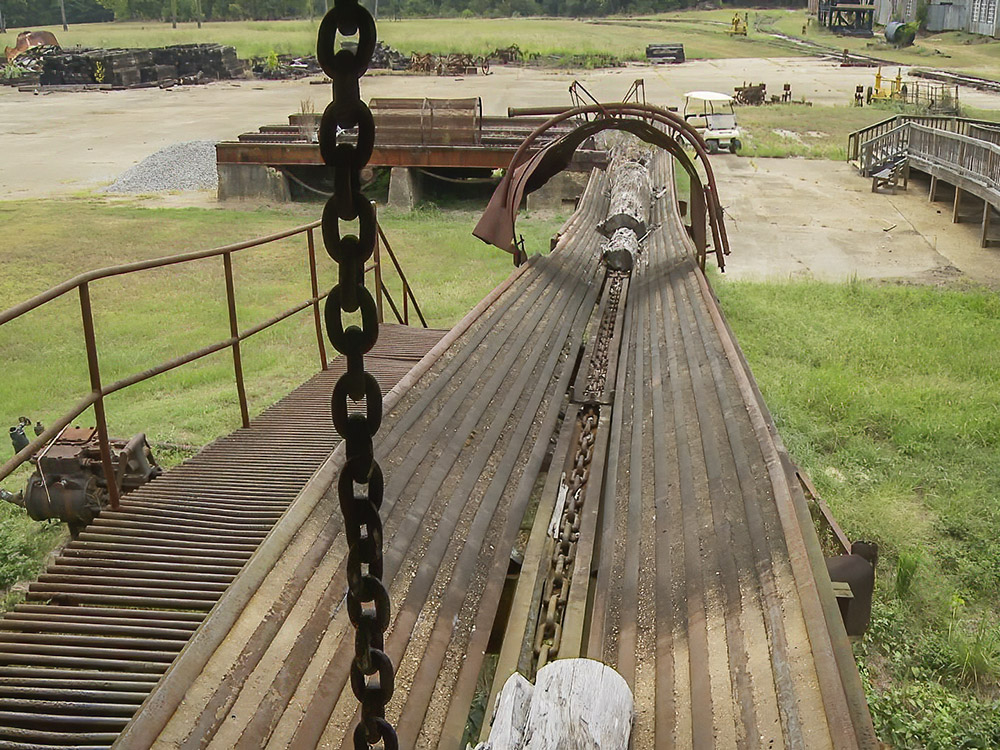
During its heyday, this sawmill played a roll in world history. The heart of the longleaf pine is a tough wood that doesn’t splinter and can withstand salt water. It was ideal for the keel of Higgins Boats, the landing craft that put American troops on the beaches of Normandy in World War Two.
The sawmill museum has letters from mill owner R.D. Crowell to Andrew Higgins, and a telegram sent to President Franklin Roosevelt. That telegram states, ‘This company and its stockholders, motivated only through patriotism and loyalty to our country are daily depleting their scant resources of virgin longleaf yellow pine timber, which cannot be replaced’.
Museum Director Troll says, “They were called the boats that won the war. So when you think of it like that, we were very instrumental in winning the war”.
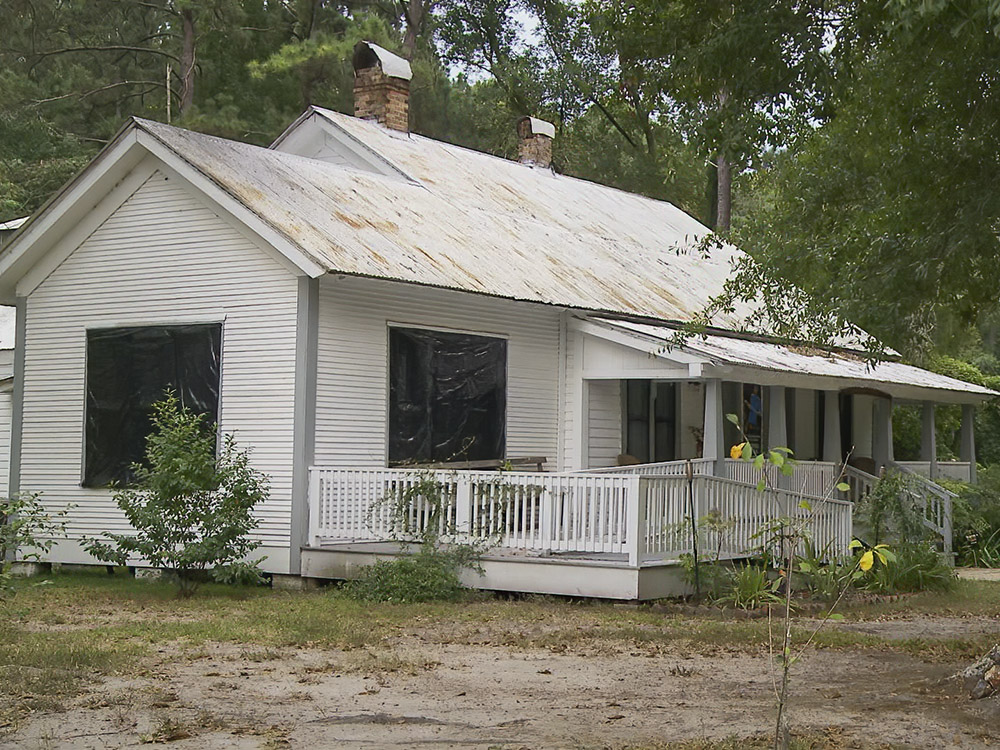
Longleaf was a company town with company housing for several hundred families who worked the sawmill. It has a commissary, a doctor’s office and post office. Nearly all of the houses are gone but the mill is surprisingly intact. “It’s like a time machine,” says Troll. “You can actually go back and see how people lived.” And you can see how they worked at a time when this area was rich with virgin longleaf pine, and the sawmill and town were a thriving community. The Southern Forest Heritage Museum is located about 25 miles southwest of Alexandria, Louisiana.
77 Longleaf Rd, Forest Hill, LA 71430

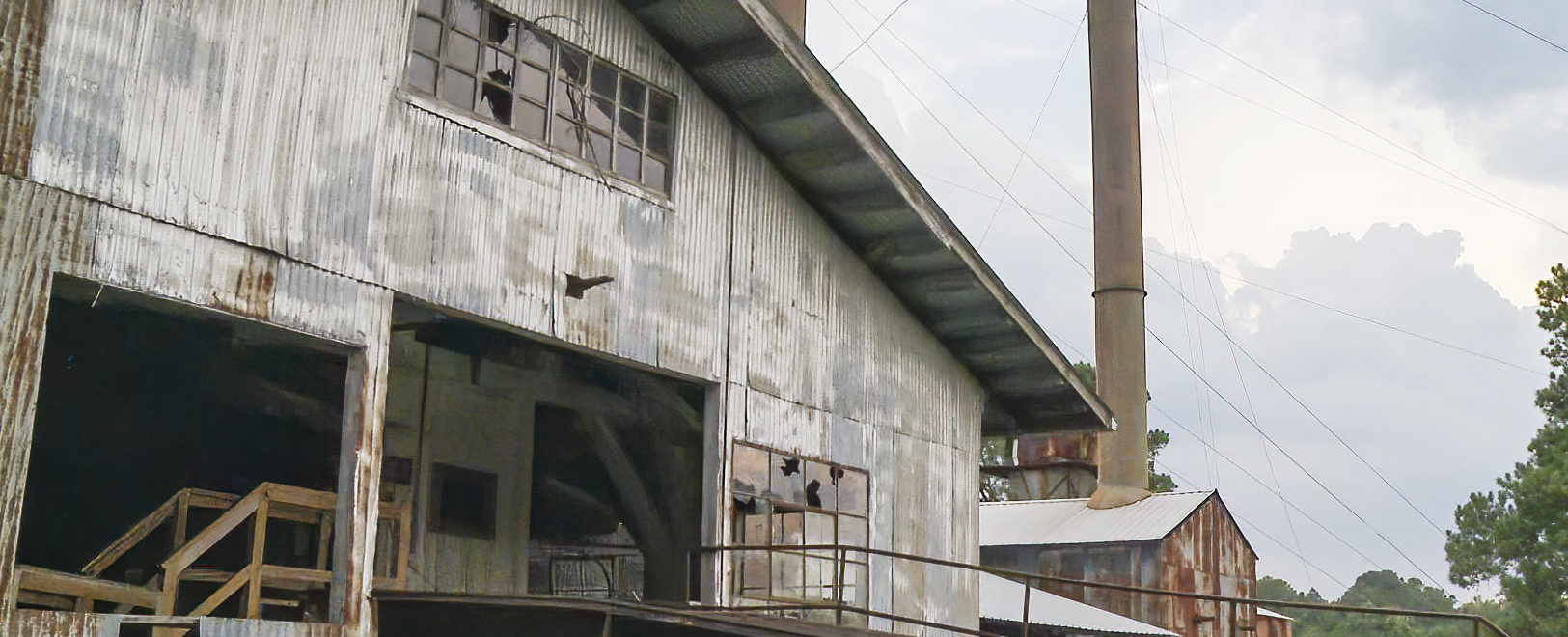
Lucie
we visited this sawmill back in 2016. Very interesting, we plan on another trip there tomorrow. We are looking forward to seeing it again. very educational.
Charles Dickson
My dad worked there in the early 50’s. I remember as a child the old Danky that brought the logs in from the woods on tracks. We lived next to the tracks and I played on them everyday. The old shed that they were kept the car in was real close to our house.
The flood of 52 washed so much of the railroad tracks that the rail system that brought the logs in and lumber out retired. It was a new era of log trucks. My dad worked the pond where the trucks dumped the logs and the logs were fed to the conveyor belt. Anyhow, there’s just too much memory of this era as a child. Oh how I wish the children of today could have only a month of the memories of the past!
Samuel Nesby
Spent a number of summers, in Longleaf.
Remember Stamps Orem, who clerked in the store and Mrs. Bush the postmaster.
Dejuan Lynn Johnson
Awwww this is a beautiful place . My daughter took her senior pictures here and also when she got married she had her wedding reception there at the old saw mill . It was so beautiful. Brett and Britney Faulk.
Chucky Dubree
I’ve worked at sawmills my whole life can’t wait to plan a vist
Chucky Dubree
Thanks for posting great history lesson ,a trip into the past ,very cool and educational
Catherine Johnson Gillespie
What were the plumbing conditions during the 1940s in Long Leaf ?
Sherrita Brown
My mother was born here and she passed away in 2023 I plan to visit my grandfather worked there in the 40s